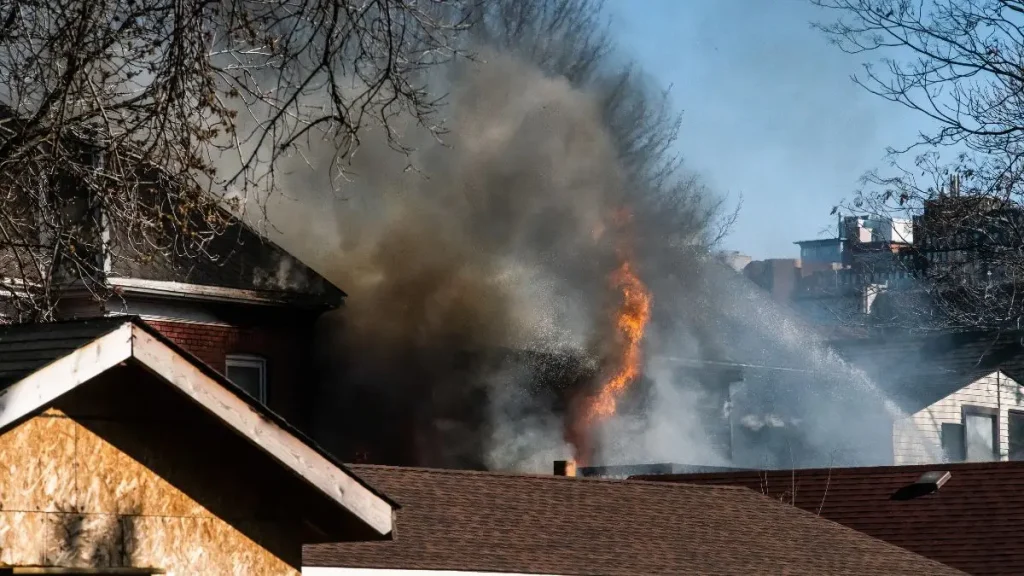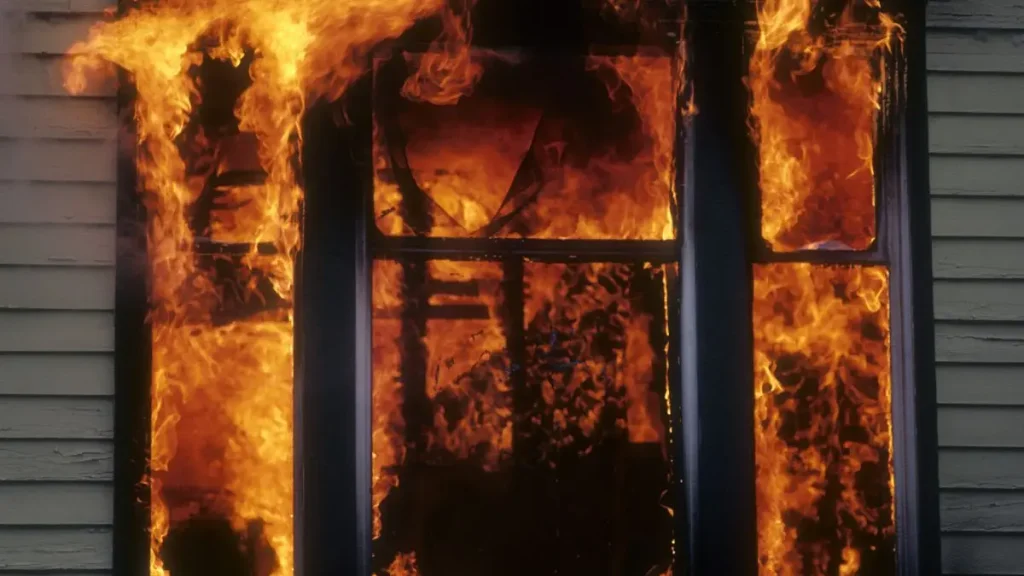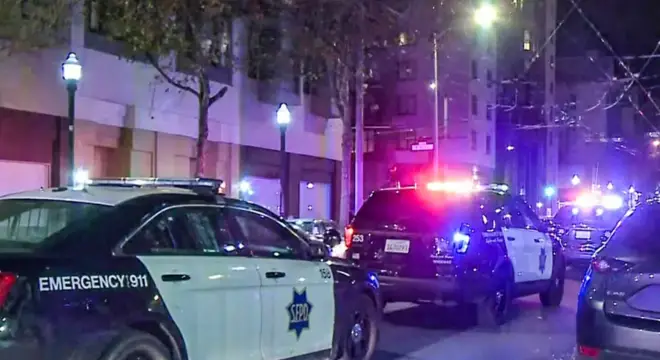Nevada Fire Department Investigates Overnight House Fire
I’ll be honest—waking up to the news of a house fire just south of the Reno Stead Airport shook me a little. It wasn’t some major inferno caught on live TV. But it was close to home, sudden, and real.
The fire broke out late at night, just before 11 p.m., on Mount Shasta Street. According to the Reno Fire Department, flames appeared on the exterior wall of the house. Thankfully, crews got there quickly and were able to stop it before it spread deeper into the home.
No one was hurt.
Still, it’s the kind of thing that rattles you. A family of six lives there. That’s not just a headline—that’s parents, maybe kids, maybe grandparents, jolted awake to firefighters outside their window.
When the smoke clears, the big question becomes: what now?
Let me ask you—do you know what you’d do if that fire had broken out outside your house at 11 p.m.?
Fast Response from Reno Firefighters Stopped a Bigger Disaster
I’ve seen how fast fires can spiral out of control—especially at night when people are asleep. But this time, things didn’t get that far. Reno firefighters reached the scene quickly and put out the flames before they could enter the home. That response made all the difference.
According to 2 News, the fire was confined to just one wall on the outside of the house. It could’ve easily spread inside, but the crew acted fast. No one was injured, and no pets were lost. That’s something to be grateful for.
If you’ve ever doubted how much response time matters, here’s your proof. A few more minutes… and this could’ve been a different story entirely.
You might want to save your local fire department’s number in your phone. Because when seconds matter, fumbling for Google isn’t the move.
In other cities, the outcome has been tragic—like in St. Louis, where a man was found dead after a house fire that firefighters couldn’t reach in time.
A Family of Six—Now Living in Uncertainty
This part hit me hardest. A whole family—six people—were inside that home. I don’t know their names, but I do know what it’s like to suddenly not feel safe where you sleep.
After the fire, Reno FD wasn’t sure if they’d need to evacuate permanently, but they did what they could. The family was connected to the Red Cross for support—emergency shelter, essentials, that sort of thing. It’s the kind of behind-the-scenes response we don’t talk about enough.
Now imagine being in their shoes. You’ve just watched flames creep up your house in the middle of the night. And now you’re wondering if your kids can even go back inside.
If it were your family—what would you need in that moment? Shelter, yes. But also peace of mind. That’s why community resources like the Red Cross matter more than we think.
I noticed that some folks in local WhatsApp community groups were already sharing fire safety tips and talking about the Reno incident as it unfolded. It’s honestly eye-opening how fast information (and help) can spread when people stay connected.
What Sparked the Fire? That’s Still Under Investigation

This part still doesn’t sit right with me—we don’t know what caused the fire. It started on an exterior wall, and that narrows things down, but it doesn’t give us answers. Could’ve been faulty wiring. Could’ve been a grill left too close. Could’ve been something as simple as a cigarette butt.
And I get it—you want to know. Because if it happened in their yard, could it happen in yours?
The officials are still reviewing the evidence. As of now, there’s no indication of foul play. But I’ll be watching for updates—and you should too.
Until then, maybe take a few minutes today to walk around your home. Look at your wiring. Check your outlets. Move the grill a little farther from that wall. One small habit could make all the difference.
Even a small oversight can lead to real harm—an Indiana resident recently suffered minor injuries in a house fire linked to an avoidable hazard.
Let’s Talk About Fire Safety—Before It’s Too Late
After reading stories like this, I always ask myself: What would I do differently?
Because here’s the truth—most home fires are preventable. According to the National Fire Protection Association (NFPA), outdoor fires often start because of:
- Flammable materials stored near walls
- Improperly discarded smoking materials
- Electrical malfunctions near outdoor lighting or HVAC systems
I won’t lie, I used to be careless about this stuff. Until I started reading how fast “small fires” become total home losses. You don’t want to be Googling “fire extinguisher instructions” while your porch is burning.
So here’s what I’d suggest you do tonight—test your smoke detectors. Move your trash cans away from the walls. And if you don’t have a fire escape plan, it’s time to write one.
Not every recent house fire has ended this safely—a fire in Tybee Island just last month sent one person to the hospital after an overnight emergency.
What Happens Next for the Family—and What You Should Be Ready For?

I’ve been thinking about that family of six ever since I read the update. They survived the fire, yes—but now they’re in this limbo that most people never prepare for.
The fire department still hasn’t released a final report. Investigators are reviewing what caused the blaze, and insurance claims may take weeks to sort out. Meanwhile, the family is likely navigating paperwork, temporary housing, and figuring out how to return to some version of normal.
Let’s be real—it’s easy to read a news story and scroll on. But if that house had been yours, would you know what to do next?
Here’s what I’ve learned from other survivors and experts:
- Call your insurance within hours, not days. Delays can complicate claims.
- Document everything—photos, videos, receipts for temporary housing.
- Request a copy of the fire report from your local department.
- Lean on community resources—the Red Cross, local churches, city programs.
And one more thing: don’t wait for a tragedy to get your affairs in order.
I started keeping a fire emergency folder in my cloud storage—IDs, home inventory, policy numbers. If my home ever went up in smoke, I wouldn’t have to start from zero.
You don’t need to panic. But you do need to prepare—because once the fire trucks leave, the real recovery begins.
Want more real stories about home safety, recovery, and fire incidents? Head over to Build Like New for in-depth updates and related articles that matter to homeowners like you.
Disclaimer: The details in this article are based on publicly available reports and official statements at the time of writing. For the latest updates or official findings, please refer to local authorities or fire department sources. This article is intended for informational purposes only.


